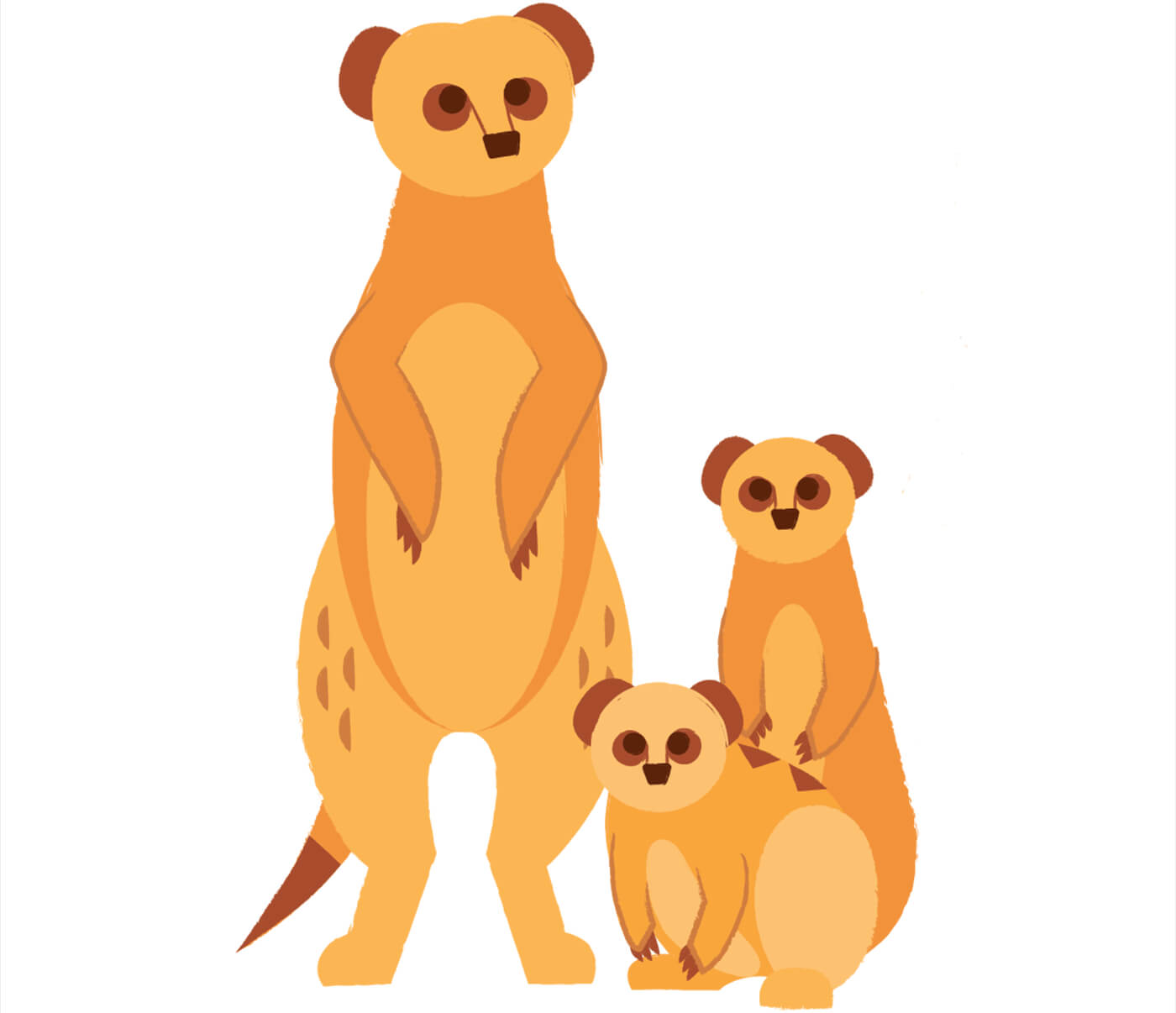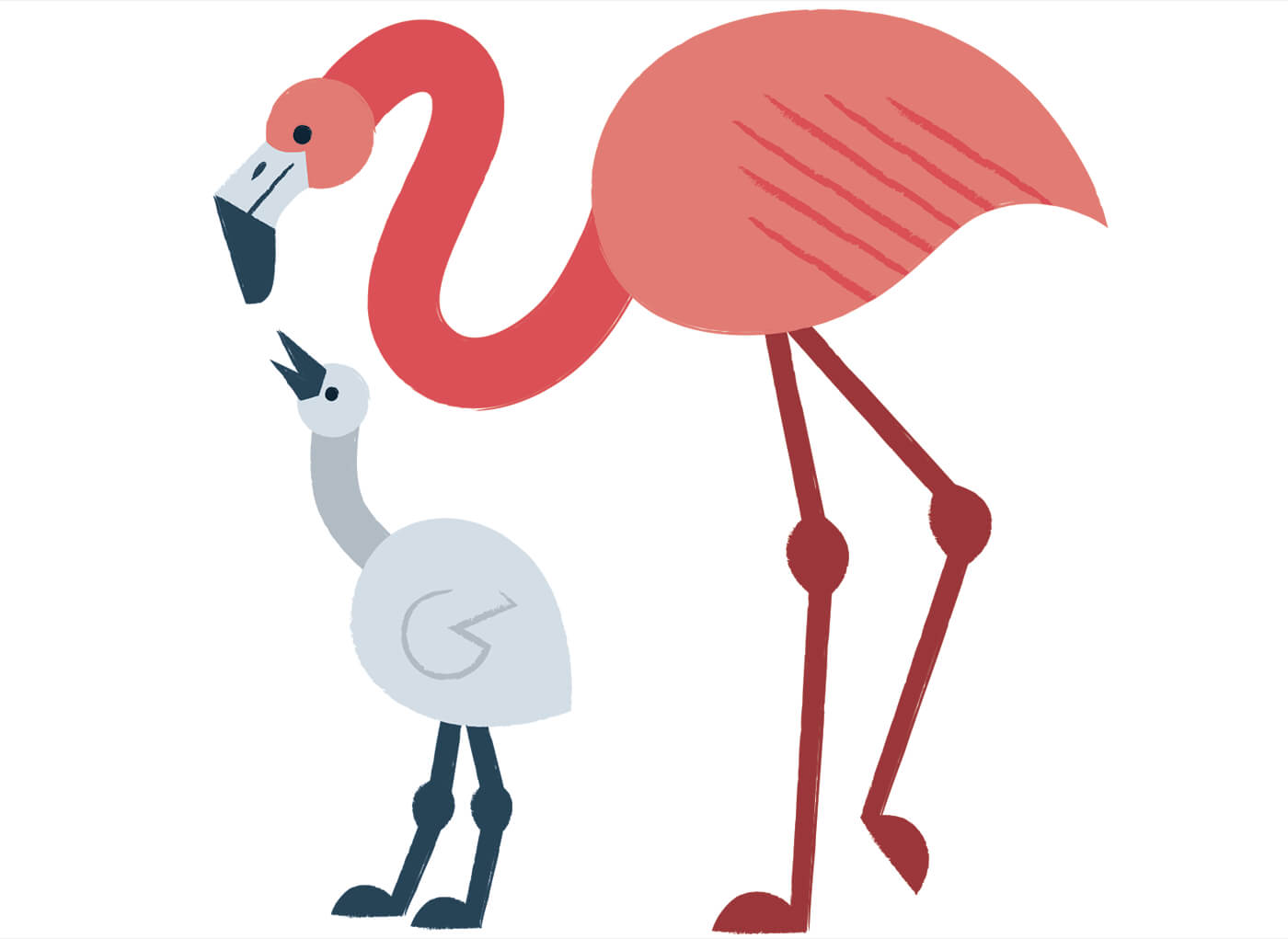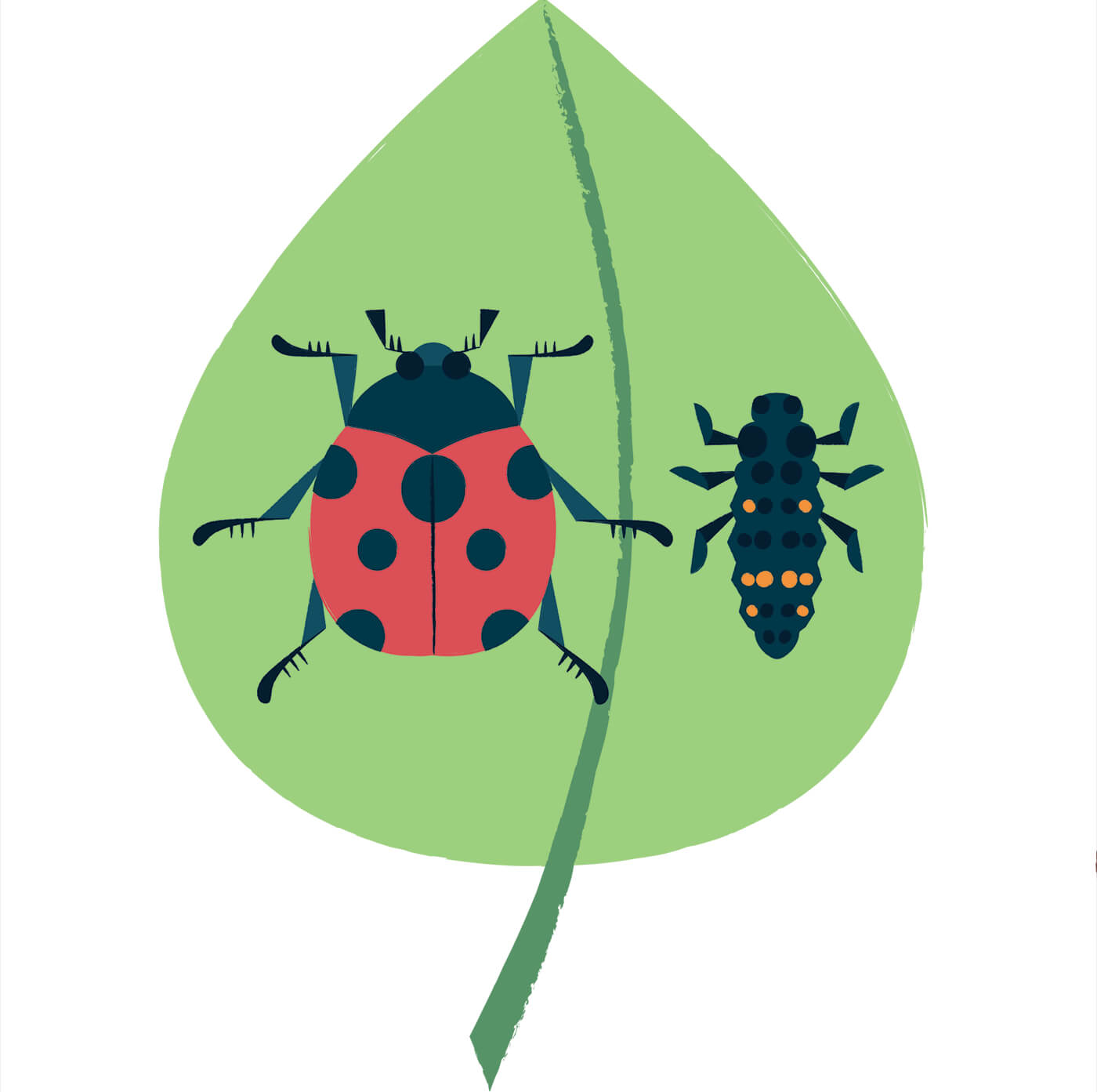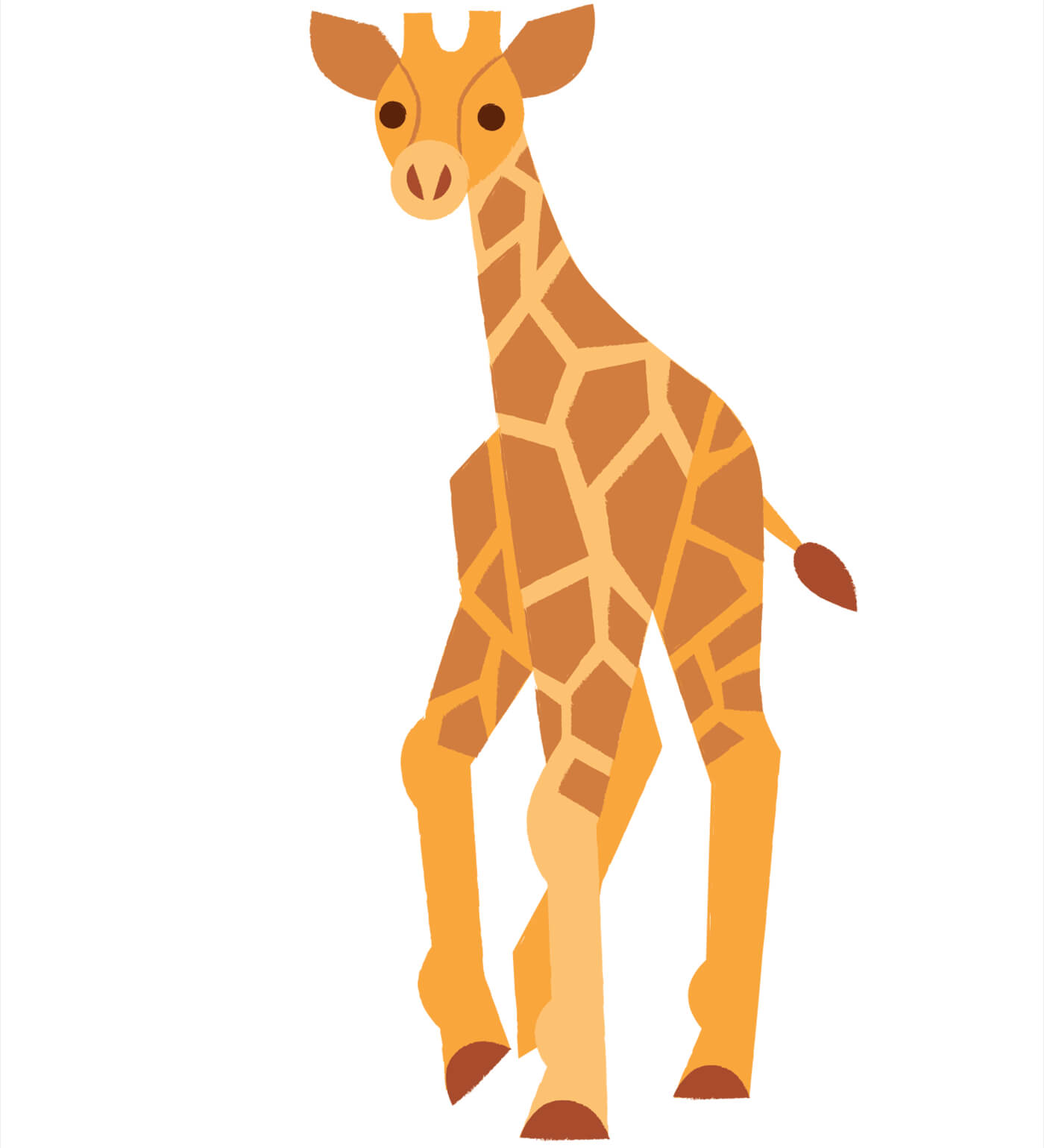
It Takes a Village
For some species, bringing up baby is a team effort. With multiple adults and older siblings all taking part in their upbringing, youngsters raised in group settings benefit from additional safety and nutritional resources. [caption id="attachment_136950" align="aligncenter" width="1400"] ELEPHANTS
ELEPHANTS
Herd size varies greatly among elephants, including 8 to 100 members. Within those herds, females will nurse any hungry calf—not just their own. Calves nurse for up to three years.[/caption] [caption id="attachment_136949" align="aligncenter" width="1400"] LIONS
LIONS
The average pride includes about 15 members. Many of the females will
give birth around the same time, and the lionesses care for and feed each other’s young.[/caption] [caption id="attachment_136946" align="aligncenter" width="1400"] CHIMPANZEES
CHIMPANZEES
Although a chimpanzee infant is raised mainly
by its mother, other female relatives and older siblings will
take over that role should something happen to
the mother. Troops can number
up to 100 individuals.[/caption] [caption id="attachment_136953" align="aligncenter" width="1400"] MEERKATS
MEERKATS
A mob of meerkats can include up to 30 members. When the breeding pair’s pups emerge from the burrow at three to four weeks of age, babysitters look after them while the mother forages.[/caption] 
Are You My Mother?
Not exactly “mini-mes,” these baby animals bear little resemblance to their moms. But give them a little time, and they'll grow into looking like the rest of the family. [caption id="attachment_136954" align="aligncenter" width="1400"] FLAMINGOS
FLAMINGOS
Starting out covered in downy gray-white fuzz, flamingo chicks won’t develop their adult color for about a year. Those bright pink or orange hues come from the carotenoid pigments in the birds' natural food sources.[/caption] [caption id="attachment_136955" align="aligncenter" width="1400"] LADYBIRD BEETLE
LADYBIRD BEETLE
Spiny and black with bright spots, ladybird beetle larvae emerge from yellow eggs and take two weeks to transform into the aphid-eating insects we know as ladybugs.[/caption] [caption id="attachment_136956" align="aligncenter" width="1400"] TAPIR
TAPIR
Pefect for blending with the dappled sunlight in a forest, a tapir calf’s striped and dotted markings fade as it grows, and are gone by six months of age.[/caption] 
When Are You Due?
With a gestation of only 13 days, the Virginia opossum wins the reproduction race among mammals. With avian eggs, some small passerines are the early birds, incubating a mere 11 days. Here’s a look at how long it takes some other animals to produce offspring. 


Walk This Way
How quickly a baby learns to walk often determines its mother’s parenting style. GIRAFFE: Baby giraffes take their first adorably wobbly steps 30 to 60 minutes after making their big debut, enabling them to keep up with the herd pretty quickly. ANTELOPE: Species such as the kudu “tuck” their babies into rocky outcroppings to help hide them until they are old enough to run. WILDEBEEST: Babies are on their feet only six minutes after being born. 

Twinning
Amazingly, one animal out there consistently has identical babies: the armadillo. Most members of the genus Dasypus, including the nine-banded armadillo, give birth to four offspring that develop from a single fertilized egg.




